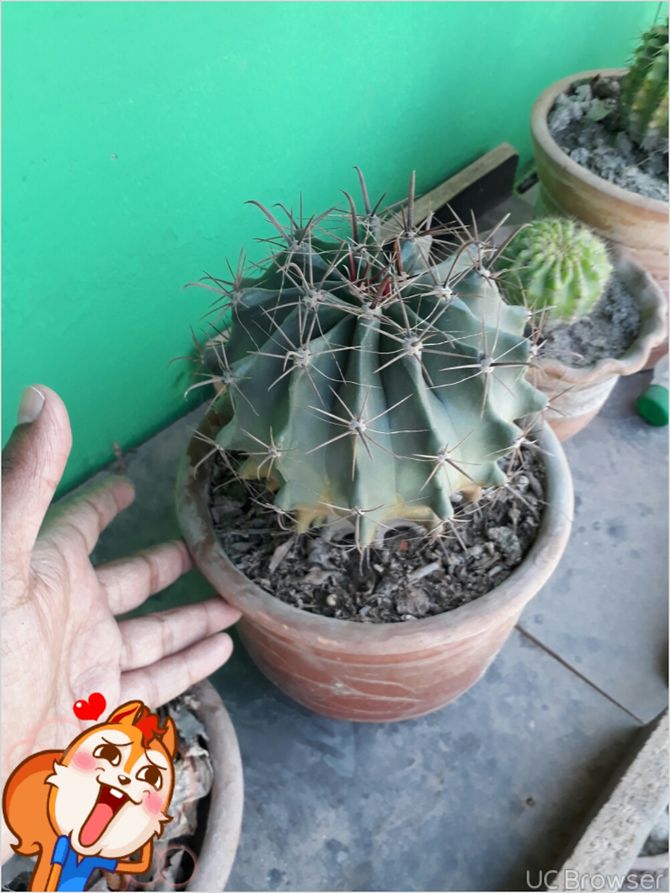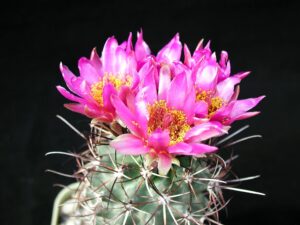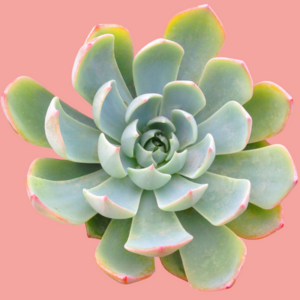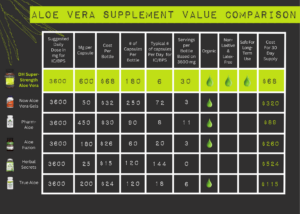The barrel cactus, often identified by its rounded shape and vibrant spines, is a resilient addition to any garden or indoor space. Known scientifically as Echinocactus or Ferocactus, these cacti are charismatic succulents that can thrive in arid conditions, making them a favorite among gardening enthusiasts. This article details how to grow a barrel cactus from scratch, providing all the necessary information for successful cultivation.
Barrel cacti exhibit unique beauty, capable of adding character to any planting arrangement. Understanding their growth requirements is essential for promoting healthy development. Whether planting from seeds or cutting, comprehensive knowledge of the life cycle and care needed for barrel cacti ensures a flourishing plant.
Seed Selection: Choosing Quality Seeds
To begin the journey of growing a barrel cactus, the first step involves selecting the right seeds. Look for seeds that are fresh and viable, preferably obtained from a reputable source. Fresh seeds typically come with higher germination rates, promoting quicker growth. A variety of species exists, each with distinct characteristics and care needs. Common varieties include the Golden Barrel (Echinocactus grusonii) and the California Barrel (Ferocactus cylindraceus). Researching these species can provide insight into specific growing requirements.
Once you’ve selected your seeds, prepare for germination by creating optimal conditions. Barrel cactus seeds prefer a well-draining medium. A commercial cactus mix usually suffices, but you can enhance it by mixing in perlite or coarse sand to improve drainage. This substrate is crucial; too much moisture can lead to rot before the seeds have a chance to sprout.
Germination: The Critical First Step
To initiate germination, sow the seeds in small pots or seed trays filled with the prepared soil mix. Scatter the seeds atop the soil, avoiding deep placement as barrel cactus seeds require light to germinate. A thin layer of sand can be lightly sprinkled over the seeds to prevent them from drying out while still allowing them adequate light exposure.
After planting, provide consistent yet moderate moisture. Mist the soil lightly, ensuring it remains damp but never saturated. Posting the containers in a warm, well-lit area is essential. Ideal temperatures range between 70°F to 85°F (21°C to 29°C). A humidity dome or plastic wrap can help maintain a suitable environment, but frequent ventilation is necessary to prevent mold growth.
Germination will typically occur within two to three weeks. As seedlings emerge, gradually introduce them to more direct sunlight to promote stronger growth. Once they develop several true leaves and establish a robust root system, they can be transplanted into individual pots.
Transplanting: Transitioning to Individual Pots
Transplanting seedlings is a delicate endeavor. Handle them with care to minimize damage to the fragile roots. Select pots that are slightly larger than the current ones but still facilitate proper drainage. Terra cotta pots work well as they manage moisture effectively while adding aesthetic appeal.
When transplanting, fill the new pot with the same well-draining substrate used for germination. Create a small depression in the middle, and gently place the seedling in the center, ensuring the roots are comfortably spread out. Cover the roots lightly with soil and press gently around the seedling to stabilize it. Avoid burying the stem; this can lead to rot.
Water the newly transplanted seedlings sparingly at first, allowing the soil to dry out between applications. This practice encourages root development and acclimatizes the plant to its new environment.
Growth: Providing the Right Care
As your barrel cactus matures, maintaining proper care is paramount to its growth and development. Barrel cacti require bright, direct sunlight for a minimum of six hours each day. An east or south-facing window proves ideal for indoor plants, whereas outdoor cultivations should be positioned in areas that receive ample sun while shielding them from heavy rainfall or extreme frost.
Watering should be adjusted seasonally. During the growing season, typically spring and summer, provide water when the soil is entirely dry to a depth of one inch. In the dormant months of fall and winter, vastly reduce watering to prevent over-saturation. Use room-temperature water, allowing it to drain completely to avoid pooling.
Fertilization may enhance growth, especially in the growing season. A diluted, balanced fertilizer designed for cacti applied once every month or so encourages healthy development. However, avoid over-fertilizing, as excess nutrients can lead to excessive growth at the expense of the plant’s natural form.
Pest Control: Keeping Harmful Intruders at Bay
Barrel cacti are generally resilient against pests, but vigilance is crucial. Inspect plants regularly for signs of mealybugs or spider mites. If detected, act swiftly to eradicate them by using insecticidal soap or neem oil. Ensure any treatments used are suitable for cacti and do not harm the plant further.
In summary, growing a barrel cactus from scratch requires meticulous attention to seed selection, germination techniques, and ongoing care. With optimal conditions and diligent maintenance, these cacti can thrive for years, adorning any space with their remarkable stature and beauty. Whether new or experienced, cultivating barrel cacti can be a rewarding pursuit, fulfilling both the joy of gardening and the allure of these stoic plants.





Leave a Comment